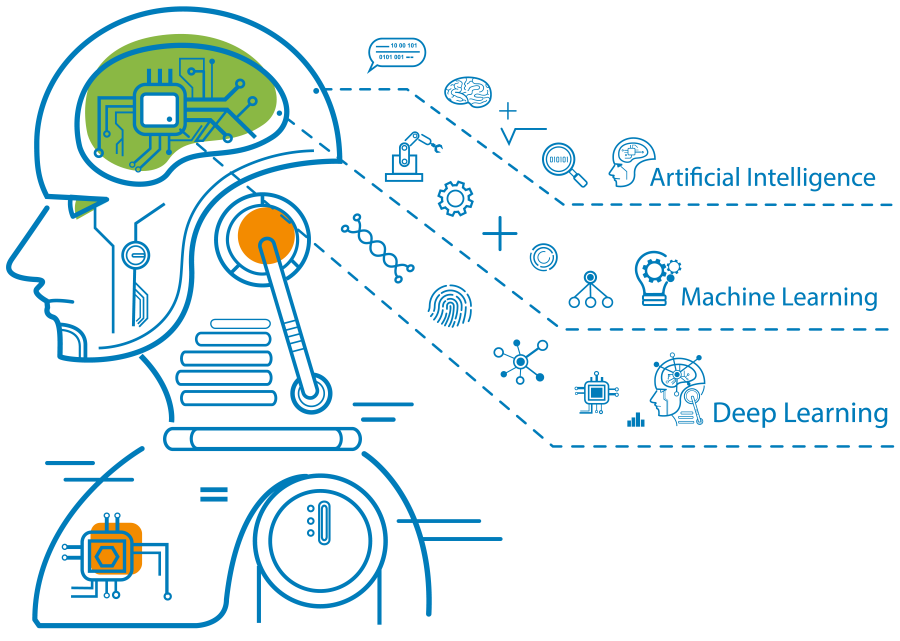The electrical grid, a complex network of power generation, transmission, and distribution, is undergoing a significant transformation. The integration of artificial intelligence (AI) and machine learning (ML) is revolutionizing the industry, enabling utilities to optimize energy distribution, reduce costs, and improve customer satisfaction. In this article, we’ll explore the applications of AI and ML in the electrical grid, their benefits, and the challenges that come with implementing these technologies.
Predictive Maintenance: Reducing Outages and Improving Reliability
Predictive maintenance is one of the most important uses of AI and ML in the electrical grid. Utilities are able to schedule maintenance and lessen the chance of outages by identifying possible faults and failures in the grid through the analysis of data from sensors and Internet of Things devices. This lowers the expenses related to unplanned downtime while also increasing reliability.
Learn more on : Learnaifacts.com
Predictive maintenance can boost asset availability by up to 20% and lower maintenance costs by up to 30%, per an International Energy Agency (IEA) study. Predictive maintenance can also assist utilities prolong the life of their assets, which lowers the need for expensive replacements.
Load Forecasting: Optimizing Energy Distribution
In order to forecast energy consumption, AI and ML systems can examine past data, weather trends, and other variables. This allows utilities to improve energy distribution and cut waste. This is especially crucial in places where there is a large penetration of renewable energy sources because the energy supply there may be erratic.
In order to ensure that utilities can satisfy peak demand and lower the risk of brownouts and blackouts, load forecasting is essential. Utilities may optimize their energy generation and distribution, cutting waste and increasing efficiency, by precisely forecasting energy demand.
Grid Optimization: Reducing Energy Losses
Grid optimization can also assist utilities in lowering their carbon footprint because energy losses are frequently linked to higher emissions of greenhouse gases. Utilities may lessen their influence on the environment and increase their sustainability by improving the grid.
Customer Segmentation: Personalized Energy SolutionsUtilities can provide individualized energy solutions and tariffs by using AI and ML to better understand the patterns of energy usage of their consumers. Increased client happiness and loyalty may result from this.
Utilities can target particular consumers with energy-saving measures by using customer segmentation to find inefficient locations in their energy distribution system. Utilities may decrease energy waste and increase customer engagement by offering customized energy solutions.
Cybersecurity: Protecting the Grid from Cyber Threats
Because the integration of IoT devices and smart grid technologies increases the attack surface of the grid, cybersecurity is an essential part of grid modernization. Utilities may lower their risk of grid interruptions and outages by detecting and responding to cyber attacks with the aid of AI and ML.
Challenges and Limitations
While AI and ML offer numerous benefits for the electrical grid, there are challenges and limitations to their implementation. These include:
- Data Quality: AI and ML algorithms require high-quality data to function effectively. Inaccurate or incomplete data can lead to poor decision-making.
- Cybersecurity: The integration of AI and ML increases the attack surface of the grid, making it more vulnerable to cyber threats.
- Regulatory Frameworks: The electrical grid is heavily regulated, and utilities must navigate complex regulatory frameworks to implement AI and ML solutions.
- Workforce Training: The integration of AI and ML requires significant workforce training, as utilities must develop the skills necessary to implement and maintain these technologies.
Case Studies
Several utilities have already implemented AI and ML solutions, achieving significant benefits. For example:
- Duke Energy: Duke Energy has implemented an AI-powered predictive maintenance program, reducing maintenance costs by 25% and increasing asset availability by 15%.
- Southern California Edison: Southern California Edison has implemented an ML-powered load forecasting system, reducing energy waste by 10% and improving customer satisfaction by 20%.
Conclusion
An important advancement for the sector is the incorporation of AI and ML into the electrical grid. Utilities can build a more sustainable and effective grid by streamlining the distribution of electricity, cutting expenses, and raising consumer satisfaction. To enable the successful adoption of these technologies, it is important to tackle the associated obstacles and limits.

